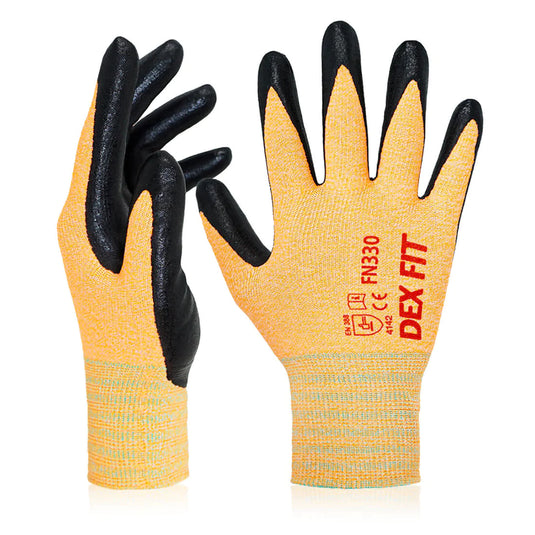In an environment where Personal Protective Equipment (PPE) assumes an increasingly pivotal role across diverse industries, the significance of prioritizing both safety and user comfort cannot be emphasized enough. PPE that fits well, feels comfortable, and enhances performance can make all the difference. In this blog post, we'll delve into the fascinating world of ergonomic innovations in PPE design and how they are reshaping the landscape of safety gear for the better.
The Foundations of Ergonomics in PPE
Ergonomics, the science of designing products to optimize human well-being and overall system performance, is at the heart of the evolution in PPE design. Traditionally, PPE was often seen as cumbersome and uncomfortable, with a one-size-fits-all approach that did not account for the diversity of human body types and tasks. However, modern ergonomic principles are changing this paradigm.
Tailored Fit for Maximum Safety and Comfort
One of the most significant advancements in PPE design is the move towards tailored fits. Generic, ill-fitting gear is gradually giving way to PPE that considers the individual's body shape and size. This not only ensures a snug and secure fit but also enhances comfort during long hours of use. Comfortable PPE is more likely to be worn consistently, thus increasing overall safety.
Materials Matter: Lightweight and Breathable
Ergonomic PPE is all about striking the right balance between safety and comfort. Innovative materials that are lightweight, breathable, and moisture-wicking are transforming traditional heavy and sweaty protective gear into something far more user-friendly. This is particularly vital for workers who must wear PPE for extended periods.
Enhanced Mobility and Range of Motion
In many industries, agility and freedom of movement are essential. Ergonomic PPE is designed to enable wearers to move naturally, enhancing both safety and performance. Whether it's specially designed joints in exoskeletons for construction workers or flexible materials in gloves for precision tasks, ergonomic design is redefining the possibilities.
The Integration of Technology
In the age of the Internet of Things (IoT), even PPE is getting smarter. Ergonomic PPE can include sensors that monitor vital signs, alert the wearer to potential hazards, or provide real-time data to optimize performance. This integration of technology enhances safety while also opening up exciting possibilities for the future.
User-Centered Design
Ergonomics in PPE isn't just about physical factors; it also takes into account the user's needs, preferences, and feedback. User-centered design processes involve actively seeking input from those who wear PPE in the field, ensuring that the gear meets their requirements and enhances their comfort and performance.
Safety, Comfort, and Performance: A Triad of Excellence
In conclusion, the science of ergonomics in PPE design is revolutionizing the way we think about safety gear. It's not just about protection; it's about ensuring that PPE enhances the wearer's comfort and performance. As the PPE industry continues to embrace ergonomic principles, we can look forward to a future where safety gear isn't a burden but an asset, enabling individuals to perform at their best while staying safe.
Stay updated with the latest trends and innovations in ergonomic PPE by following our blog.





